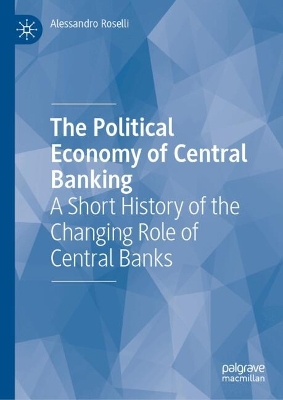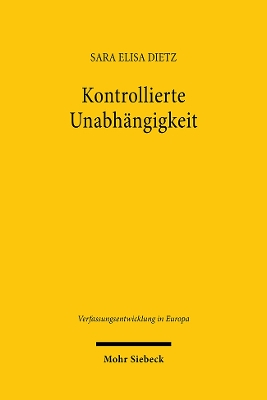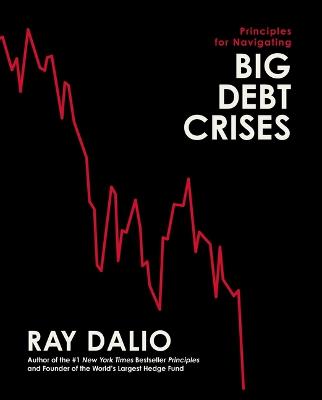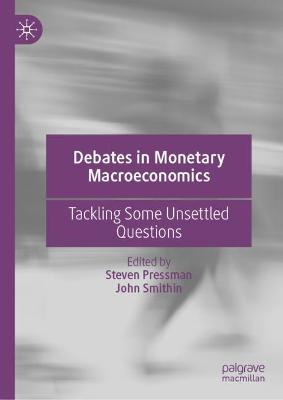Economic Historiography of Germany, 1918-1931
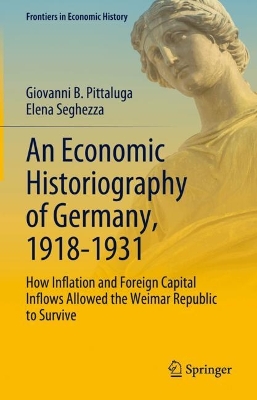 portes grátis
portes grátis
Economic Historiography of Germany, 1918-1931
How Inflation and Foreign Capital Inflows Allowed the Weimar Republic to Survive
Seghezza, Elena; Pittaluga, Giovanni B.
Springer International Publishing AG
01/2025
263
Dura
9783031703461
Pré-lançamento - envio 15 a 20 dias após a sua edição
Descrição não disponível.
Chapter 1. Introduction: The Main Political Economy Features of the Weimar Republic.- Chapter 2. The Inflation of the Early Years of the Weimar Republic.- Chapter 3. The Inertial Inflation of the Early Twenties.- Chapter 4. Was There a Sudden Stop at the Root of German Hyperinflation?.- Chapter 5. The End of Inflation.- Chapter 6. Foreign Capital Inflows and Economic Stagnation in Weimar Germany.- Chapter 7. The Crisis of 1931 and the Collapse of the Weimar Republic.- Chapter 8. Conclusions.
Este título pertence ao(s) assunto(s) indicados(s). Para ver outros títulos clique no assunto desejado.
German economy;Hyperinflation;Currency crisis;Banking crisis;Bruening;Austerity fiscal policy;Dawes Plan;Reichsmark;Public deficit;Liquidity;Foreign capital;Tax increases;Spending cuts;Social conflict;Political conflict;Trade unions;Currency reform;Rentenmark;Financial markets;Credit crunch
Chapter 1. Introduction: The Main Political Economy Features of the Weimar Republic.- Chapter 2. The Inflation of the Early Years of the Weimar Republic.- Chapter 3. The Inertial Inflation of the Early Twenties.- Chapter 4. Was There a Sudden Stop at the Root of German Hyperinflation?.- Chapter 5. The End of Inflation.- Chapter 6. Foreign Capital Inflows and Economic Stagnation in Weimar Germany.- Chapter 7. The Crisis of 1931 and the Collapse of the Weimar Republic.- Chapter 8. Conclusions.
Este título pertence ao(s) assunto(s) indicados(s). Para ver outros títulos clique no assunto desejado.

